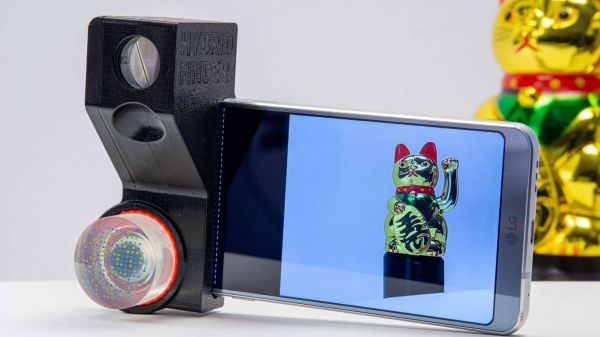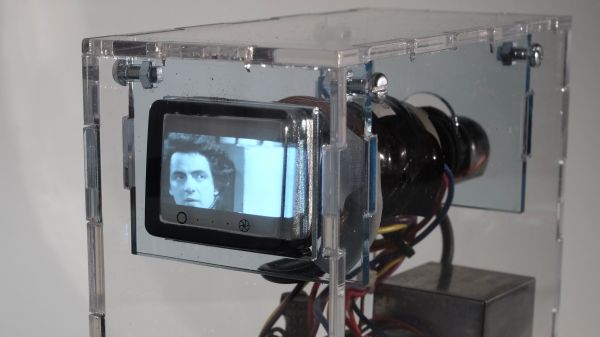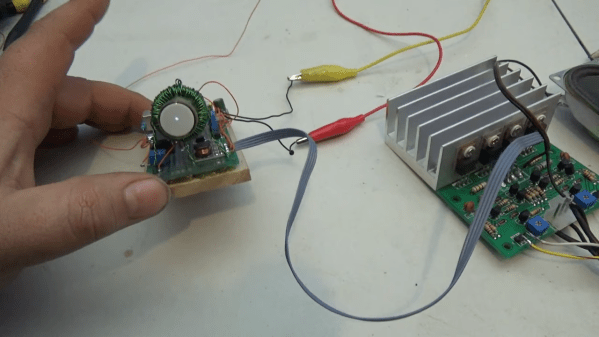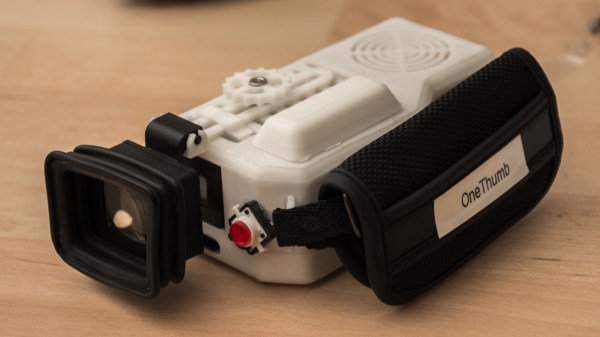The Camp Snap is a simple fixed-focus digital camera with only an optical viewfinder and a shot counter, which has become a surprise hit among photography enthusiasts for its similarity to a disposable film camera. [Snappiness] has one, and also having a liking for waist-level viewfinders as found on twin-lens reflex cameras, decided to make a new Camp Snap with a waist-level viewfinder. It’s a digital twin-lens reflex camera, of sorts.
Inside the Camp Snap is the little webcam module we’ve come to expect from these cameras, coupled with the usual microcontroller PCB that does the work of saving to SD card. It’s not an ESP32, but if you’ve ever played with an ESP32-CAM board you’re on a similar track. He creates a 3D-printed TLR-style case designed to take the PCB and mount the camera module centrally, with ribbon cable extensions taking care of placement for the other controls. The viewfinder meanwhile uses a lens, a mirror, and a Fresnel lens, and if you think this might look a little familiar it’s because he’s based it upon his previous clip-on viewfinder project.
The result, with an added “Snappiflex” logo and filter ring, is a rather nice-looking camera, and while it will preserve the dubious quality of the Camp Snap, it will certainly make the process of using the camera a lot more fun. We think these cheap cameras, and particular their even less expensive AliExpress cousins, have plenty of hacking potential as yet untapped, and we’re keen to see more work with them. The full video is below the break.
Continue reading “A Twin-Lens Reflex Camera That’s Not Quite What It Seems”

















